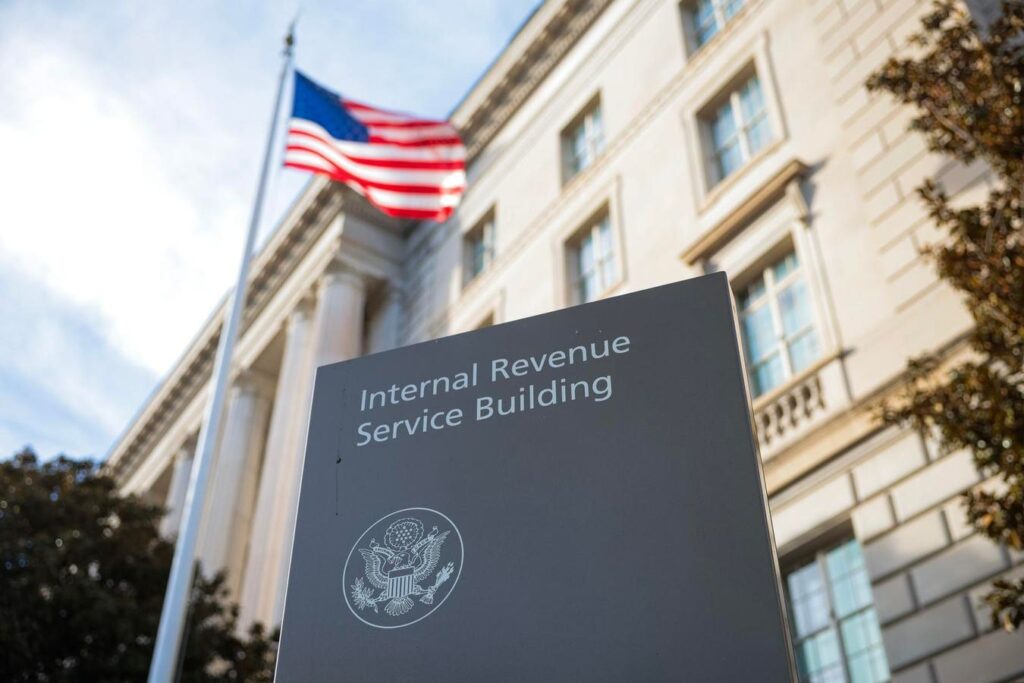You would be excused if you didn’t notice, as it was not widely reported—but the IRS just open-sourced Direct File—more specifically, it released the codebase underlying the free filing program on GitHub.
It isn’t every day that the IRS drops something that reads like a blend of legal code, logic theory, and open government idealism. But that is exactly what it did, laying Direct File bare—and releasing it into the public domain—for the world to scrutinize, fork, or admire in stunned silence.
At the heart of this code disclosure is something called the Fact Graph, a dry name for a tool that is quietly revolutionary: a logic engine that parses ambiguous tax scenarios and infers relationships while consistently applying tax rules.
In a world where the tax code is a labyrinth and the software undergirding governmental operations usually obscures more than it ever reveals, the IRS has done something rare—it has made (at least a portion of) its logic visible. That transparency, more than any refund or deadline extension, might be the most transformative thing the agency has done in years—and with Direct File on the ropes, it may be the project’s enduring legacy.
What exactly is a Fact Graph?
Technically, Fact Graph is a declarative system written in XML and Scala, designed to represent relationships between discrete data points—like income types, deduction criteria, and filing status—in a way that broadly mimics logical reasoning. It is, at base, something of a rules engine that reasons through ambiguity.
From a cursory review of the code, it appears that if a taxpayer says they had self-employment income but neglects to refer to any business expenses, the Fact Graph will flag the missing piece, evaluate what it knows already about the filer, and suggest a path forward.
What makes this novel, as against for-profit tax prep software, is that the rules aren’t buried in opaque code or obscured behind paywalls—it is all open and available to be built upon. The system models tax law as less of a linear checklist and more of a web of interrelated and conditional facts. Fewer hard-coded assumptions, allowing the program to evaluate what information from the taxpayer is missing and what might be contradictory.
Direct File and the Future of Government
This all matters in an age when public trust in institutions is frayed and when algorithms, or artificial intelligence (AI), increasingly mediates our rights and obligations. If the tax code is going to be enforced by machines, and the preparation calculated and handled by the same, the rules those machines follow should be legible and contestable. The open-sourcing of Direct File hints at a future where regulatory logic and automated decision-making isn’t hidden, but published like case law—reviewable, revisable, and maybe even improved by the very public it serves.
Of course, publishing a bunch of code doesn’t solve everything. Direct File is still limited in scope, and may be on its way out, casting taxpayers back into the jungle of for-profit tax preparation software. The Fact Graph doesn’t eliminate the complexity of the tax code, but it makes it more legible.
By turning the machinery of tax enforcement into something transparent and inspectable, the IRS has—without fanfare—laid a foundation that could extend far beyond the next filing season. State tax agencies, benefit programs, and even AI driven rulemaking efforts by governments could adopt similar approaches—building systems where the logic is not just executed but actively exposed and subject to scrutiny.
The IRS just open-sourced its tax preparation brain, maybe the rest of government should consider following suit.
Read the full article here

